Matt Preston on how MasterChef became a global TV sensation
Matt Preston takes us behind the scenes of the television juggernaut MasterChef, in this edited extract from his new book, Big Mouth.
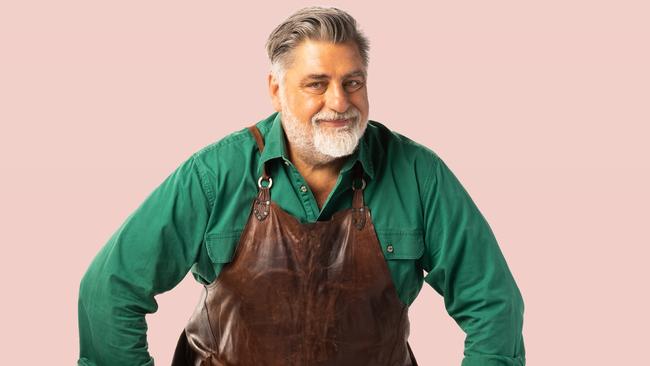
Lifestyle
Don't miss out on the headlines from Lifestyle. Followed categories will be added to My News.
In 2016, almost 1.9 million people watched the series 8 finale.
The numbers had been strong throughout, bubbling around the 1 million mark following our first episode in May when 1,012,000 tuned in across the five cities.
MasterChef was the biggest show on Network Ten by some way and was ultimately only pipped by the grand finales of My Kitchen Rules and The Block.
Given that Ten had a lower base audience than the bigger Seven or Nine networks, this was a significant achievement.
It meant that we could argue we were still dragging more eyeballs to our network than those other two shows … many of who were switching over from the ABC, a desirable and hard-to- reach demographic for advertisers.
Our series 8 winner, the New South Wales teacher Elena Duggan, was a very good cook with a heart of gold, but the runner-up Matt Sinclair was the true star of the show, not just for a succession of excellent dishes but also because he was a straight shooter who wore his heart on his sleeve and was willing to admit his vulnerability.
His interviews about the challenges made for compelling viewing.
It was as though he was the unofficial narrator of the show.
Matt broke a number of hearts in the control room when the two halves of Heston’s ‘Verjus in egg’ that he was making in the grand finale pressure test very slowly fell apart.
We’d not seen such a dramatic moment – when someone’s dreams literally evaporated right in front of your eyes – since the finale of series 1 when Poh’s chocolate half pipe hadn’t shattered like Julie’s beautifully tempered one.
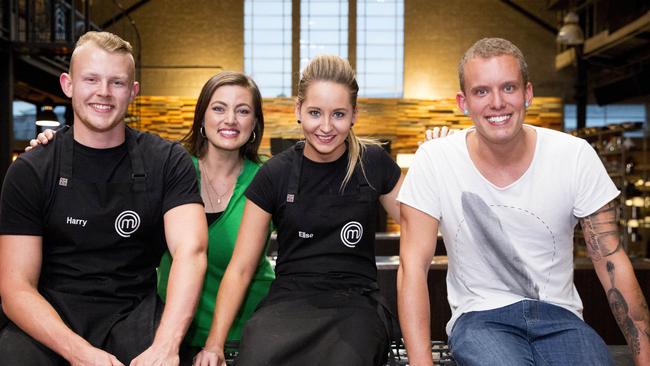
‘One of the best things I’d ever eaten’
Our series 8 contestants were, by and large, a fun, funny and emotionally intelligent bunch. We had a brother and sister competing for the first time (Theresa Visintin and Jimmy Wong) and an airline pilot, Brett Carter, who was a great chap.
The contestants also cooked some truly memorable food.
To this day I can still taste Anastasia Zolotarev’s tarragon prawns and fried fennel pesto; Trent Harvey’s red wine sauce for steak made with a smoked butter and teamed with beetroots and crispy kale; Harry Foster’s cobia with a Korean gochujang sauce; and Nidhi Mahajan’s finger-licking cream pepper chicken with paratha.
And how could I forget Elena Duggan’s Spanish- inspired ‘rice and pork’.
It truly was one of the best things I’d ever eaten on MasterChef … there was pork floss and a pork caramel, and there was loads of sunny saffron in the rice that came with the Pedro Ximénez cooked pork. Yum!
Desserts were strong in 2016 too, whether it was Mimi Baines’s chocolate aero mousse made during the challenge at Curtis Stone’s restaurant Maude in Beverly Hills in California, or Elise Franciskovic’s pretty fennel nougat parfait with apple jelly, or her quandong tart and mastic ice cream.
Elise also managed to work crickets into a parfait, bringing together in a tasty culinary collision two of MasterChef ’s big trends that season.
While Matt Sinclair’s blackberry sorbet with tempered chocolate and port jelly was another winner, it was his savoury cooking that blew us away, whether that was a hot ’n’ sour prawn head broth, or a crispy skin kingfish which he cooked in an immunity challenge (and that only lost because guest chef Victor Liong’s roast crayfish was perfect).
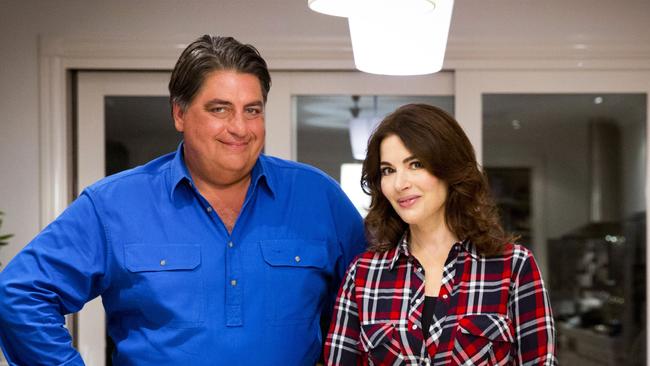
As if heeding the message that you’d need to attain perfection to win, Matt Sinclair and Elena Duggan both put up sublime dishes when they met in the grand finale, making, respectively, a crispy skin barramundi with prawn and pancetta sauce and twice-cooked lamb and smoked vegetables.
Finally Nigella Lawson was persuaded to join us on the judging panel for a week.
This was a coup.
I’d worked with Nigella when she was out for the Melbourne Food and Wine Festival in 2011 and had seen first-hand how she connected with audiences in a way that seldom seems to happen with chefs.
There was adulation. There were tears. There was a willingness to wait for hours just to have a moment with her.
The enemy of TV
We also had Heston back for a week and he was a little more manic than usual.
As we’d talk, ideas and insights would come tumbling forth in a seemingly ceaseless torrent.
A few years later he’d be diagnosed with ADHD, but at this point, while that sort of energy was excellent and stimulating when having a chat over dinner, it’s the enemy of TV, where the producers like to deal in concise sound bites.
For the first challenge in week 9, we found ourselves standing on the roof of a carpark in Melbourne’s Docklands as night fell.
Under the Milky Way, our cooks were about to set up the ‘world’s largest pop-up restaurant’ in the pods of the Melbourne Star, a huge 120-metre-high observation wheel (a bit like the London Eye if you’re from that part of the world).
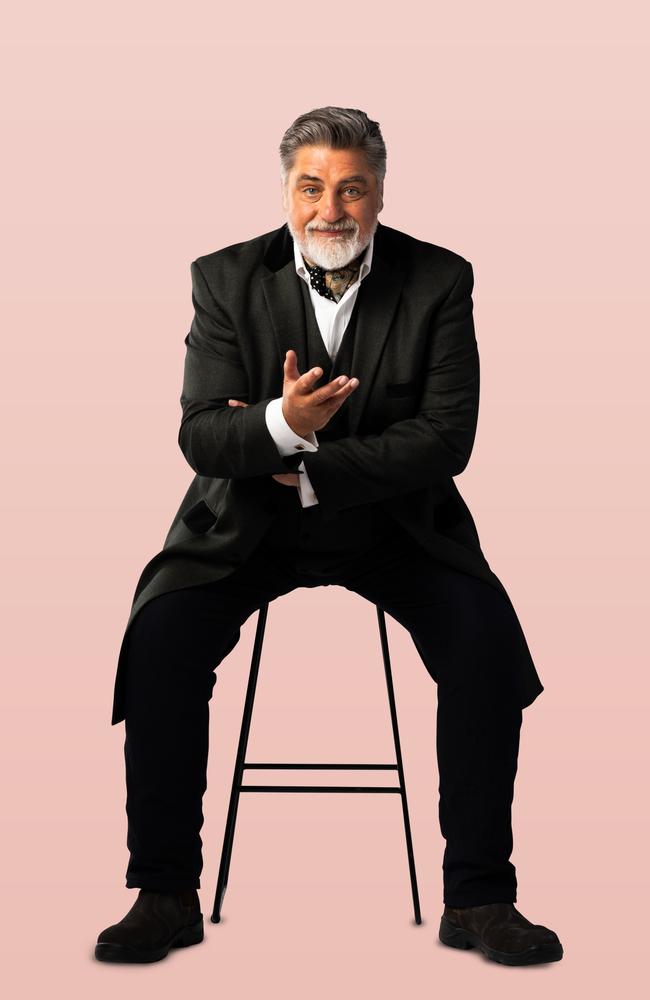
The theme of the challenge, set by Heston, was ‘outer space’.
When asked what his inspiration was, he began talking rather eloquently about the stars above us, and how tens of thousands of years ago Australia’s First Nations people would have sat beneath them to cook their dinner.
It was poetic. It was evocative. And it went on far too long.
I had absolutely no intention, however, of telling one of the greatest minds in food to stop yapping.
In the end, Theresa’s ‘black hole’ dessert was voted the dish of the day.
Dancing, gin and an ‘obscene amount of oysters’
In week 11, we took a trip to California.
The production team put together two weeks of filming the length of the state with great aplomb.
The contestants cooked in Dominique Crenn’s restaurant Atelier Crenn in San Francisco, and at Curtis Stone’s Maude.
Away from the cameras, we cooked and ate an obscene amount of oysters together at Hog Island on Tomales Bay, throwing them on the grill after discovering that none of us was fast enough at shucking to match the pace of our appetites.
We also ticked off a few more items on our bucket lists such as Alice Waters’ Chez Panisse in Berkeley and eating original fish tacos in San Diego, after which I stunned George by showing him just how much Carhartt clothing one man can buy.
I couldn’t resist: it was so cheap there!
I think the store location deep in San Diego suburbia as part of a huge warehouse of giant reels of fake lawn was also wigging him out.
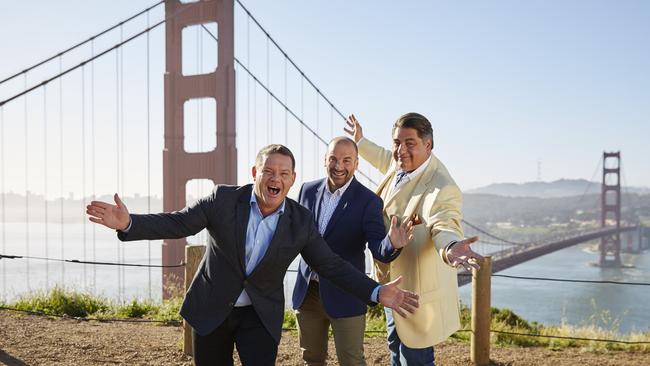
We had a very big night in LA that ended with a mob of us back in George’s room with a motley selection of crew and chefs and even Gary’s Boys Weekend castmate Miguel Maestre, after we were chucked out of Soho House in West Hollywood in the less wee small hours. Wiser, I had avoided getting stuck with the bill there.
There was dancing and gin and mezcal.
The night started with lunch, then a trip to see the LA Galaxy football team play and eat the shittiest runny cheese and jalapeño nachos on the terraces, followed by a street-truck blizzard of tacos al pastor in a part of town where we probably shouldn’t have been.
That night was the first time I saw the ‘other’ Gary.
The Gary on fire and insisting everyone go for pancakes as soon as the sun was up … it was like our roles had reversed … usually it was him sneaking off to bed after a couple of beers, leaving George and me to kick on.
We really enjoyed filming again in LA with Curtis Stone.
We all love Curtis … and, with his regular appearances on the show over the years thanks to his (and the show’s) close relationship with the Coles supermarket chain, we felt very comfortable together.
Curtis suggested we take our lunch break off set and, strangely, we were allowed to wander off together without a minder from production.

We ended up in the back room of a deli up the road from Maude that was once a secret haunt of the Hollywood top brass.
With one of the owners, we ate well and drank better.
We got back about thirty minutes after our call time.
Usually there were always delays, especially on location shoots like this, but this time … there weren’t.
Apparently when no one knew where we were, and we were late, panic had started to set in.
It’s a bad idea to lose any of your judges mid-episode, but it wouldn’t be the last time.
After a pizza night in Tokyo when filming there a couple of years later, George and a few of the contestants went AWOL.
I was there then to witness the panic first-hand.
In June of 2016, after series 8 wrapped, Gary, George and I headed to Bengaluru with our teams to headline a new Indian food festival, World on a Plate.
Our profile had been rising on the subcontinent over the previous five or six years, and as the Indian middle class had ballooned, so had the audience for our little show made in a shed on the outskirts of Melbourne.
I’d been to Mumbai a few times and had noticed the deep connec- tion Indian fans seemed to have to the positive nature and good food of MasterChef.
The first time I was there, I was told it was one of the biggest English-language broadcasts in India, eclipsing even hit dramas of the time like Desperate Housewives.
By our tenth series, Indian broadcasters were regularly citing audiences of 6 to 7 million an episode.
Italy, Cananda and the Middle East: MasterChef goes global
At its peak, MasterChef was so big that my sister could walk out of her hotel room in Delhi after the Commonwealth Games and leave Gary cooking rice pudding on her telly there, only to walk into her flat in London some sixteen hours later, turn on the telly and see Gary still cooking the same rice pudding!
The only real difference was how some countries made subtle tweaks to the show when they broadcast it in their region.
In the Middle East any pork products mentioned – and we did love our crackling and bacon – were bleeped out like swear words, and when we were dubbed in Arabic I was given a very high-pitched voice.
This has greatly amused friends travelling there over the years.
The show was also popular in Italy, where I’ve been confronted everywhere from the market in Rome to the backstreets of Naples with the words, ‘Giudice? [Judge?] MasterChef ?’ Heston Blumenthal tells a story of being in Milan and a fan approaching him to talk about his TV work.
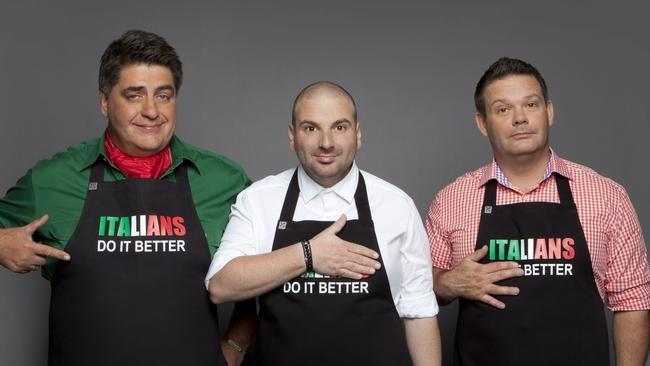
Rather than In Search of Perfection or Fantastical Food, they wanted to speak about his appearances on you know what.
I filmed a guest appearance on Dutch MasterChef once and Gary, George and I were in a brilliant but weird promo for MasterChef ’s launch in Korea.
I also flew to Milan and Krakow to film with the local versions of the show there too.
This was like some bizarre acid trip where you step through the looking glass and everything is the same but different.
The logo, the gantry, the benches, the language, the backdrop where you stand.
All the same but all just a little bit skewed.
I saw this as a tremendous lark and loved every moment.
There’s something marvellous about appearing in a mock-up of the show you’ve worked on for eight years but in another language and with another set of judges.
Interestingly, there was always an overly dressed, loud one like me … possibly wearing some sort of scarf or wacky bow-tie.
In Poland she was a woman with huge backcombed blonde hair.
And there was always a quirky little one who looked like a Mossad agent, and a bloke dressed like a bank manager who did the heavy lifting.
Check out the photos of the judges in France or Malaysia and you’ll see what I mean.
Before MasterChef Australia came along, the UK format of the show – which had been running since 1990 – had not been sold in any other territories.
After the show’s success in Australia it was recreated in more than sixty countries around the world.
No surprise, then, that in 2017 it was named the most successful cookery television format of all time by the fine folk at Guinness World Records.
And the legacy continues. Over 500 series of MasterChef have now been made and in 2020 the Australian format was named the Most In-Demand Reality Series at the Global TV Demand Awards, with all twelve series streaming somewhere or other on the planet!

Smart of Time Magazine then, way back in 2010, to name MasterChef Australia one of the top ten TV formats for the next ten years alongside the UK’s Eastenders, Afghanistan’s Afghan Star, and India’s Yeh Rishta Kya Kehlata Hai.
The growth of cable, streaming and satellite TV was perfect for MasterChef ’s huge number of episodes, multiple series and straightforward culinary competition format.
Over the years those numbers continued to grow.
It seems that everyone loves good food and the clean, fresh brand of top nosh and the great outdoors that Australia represents.
On our various trips overseas, we started to get a sense of how many people were watching. Either we were given ratings like the 2.5 million who watched in South Africa and the 1 million or so who watched in the Netherlands and Portugal, or we were told facts, such as when MasterChef Australia ran on the cable channel in Malaysia their viewing numbers doubled.
In 2018, I started totting up the numbers for a bit of fun … With 6 to 7 million viewers in India and all those viewers in South Africa, Portugal, Italy, the UK, the Netherlands, Scandinavia, Canada, the Middle East and Ireland, and dozens of other countries each throwing in a few hundred thousand more, it looked like our biggest shows might have reached some 18 million viewers globally.
What quickly became clear was that Australia was not even close to being our biggest market. It was more like fourth or fifth.
This huge global success was a great credit to everyone who has made the show what it is, from crew and editors, to contestants, network peeps and all the producers.
I’ll say it again, we were just the hood ornament, the Silver Lady on the bonnet of a TV Rolls-Royce.





